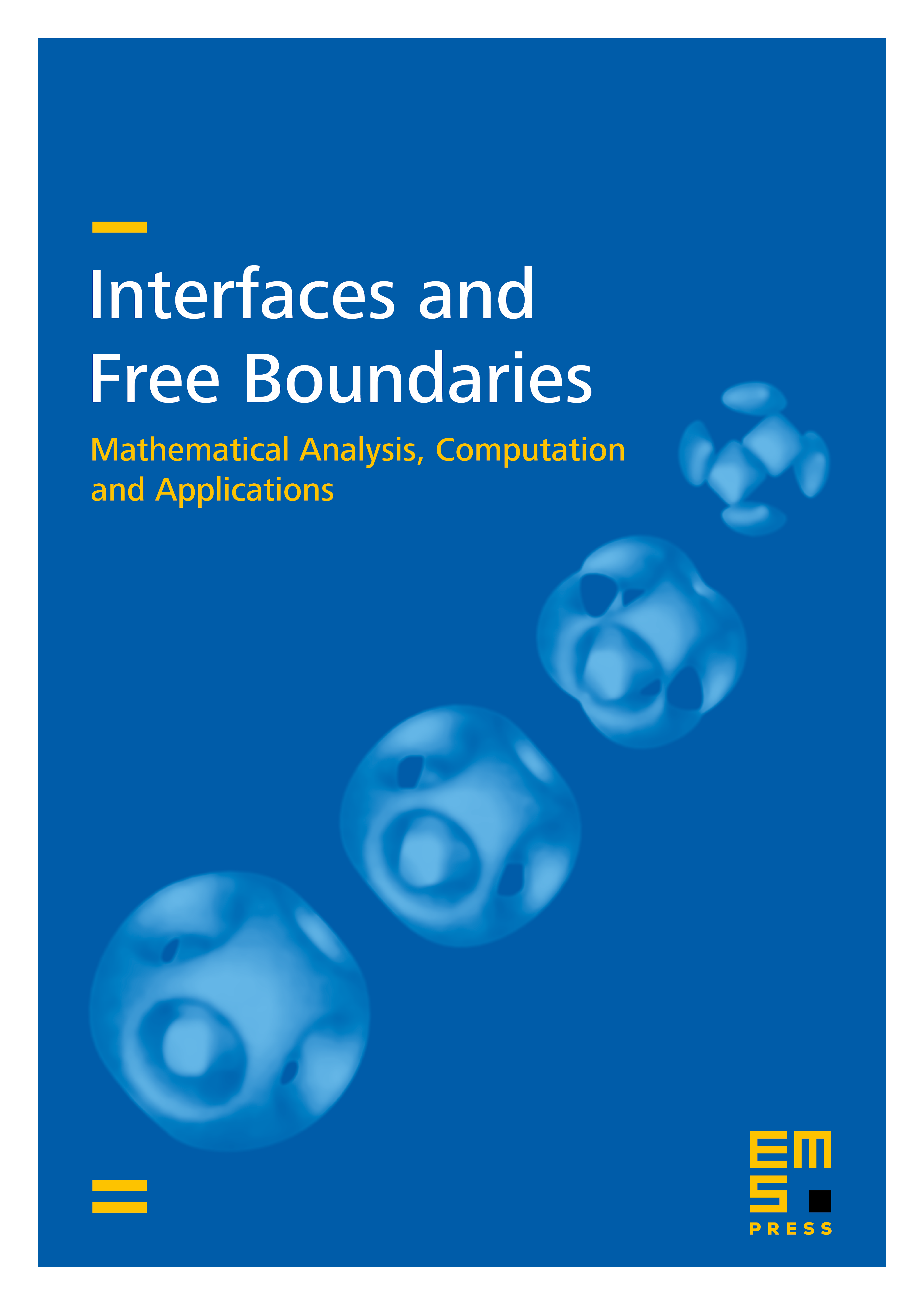A nonlinear stability analysis of pattern formation in thin liquid films
Emily M. Tian
Wright State University, Dayton, USADavid J. Wollkind
Washington State University, Pullman, USA

Abstract
The development of spontaneous stationary equilibrium patterns in thin liquid films is investigated by means of a hexagonal-planform weakly nonlinear stability analysis applied to the appropriate governing evolution equation for this phenomenon. In the long-wavelength limit the mathematical system modeling the liquid film can be reduced to such a single nonlinear partial differential time-evolution equation describing the layer thickness on an unbounded two-dimensional spatial domain and including the effects of gravity, intermolecular forces, and temperature-dependent surface tension. The main result of this analysis is that supercritical equilibrium patterns can occur for an interval of mean layer thickness with subcritical rupture occurring outside that interval. These patterns consist of surface ridges and hexagonal network-like cells or close-packed configurations of nanodroplets separated by relatively flat ultra thin films. In particular those morphological phase separation patterns are generated by the coupling between the long-range attractive and short-range repulsive intermolecular forces with cells being stable for the thicker layers; nanodroplets, for the thinner ones; and ridges, for layers of intermediate thickness. These theoretical predictions are in accord with both relevant experimental evidence involving thin liquid polymer, crystal, and metal films coating a solid substrate and numerical simulations of similar model equations as well as being consistent with dewetting-type rupture occurring for such situations by hole formation in relatively thick layers but by drop formation in thinner ones.
Cite this article
Emily M. Tian, David J. Wollkind, A nonlinear stability analysis of pattern formation in thin liquid films. Interfaces Free Bound. 5 (2003), no. 1, pp. 1–25
DOI 10.4171/IFB/69